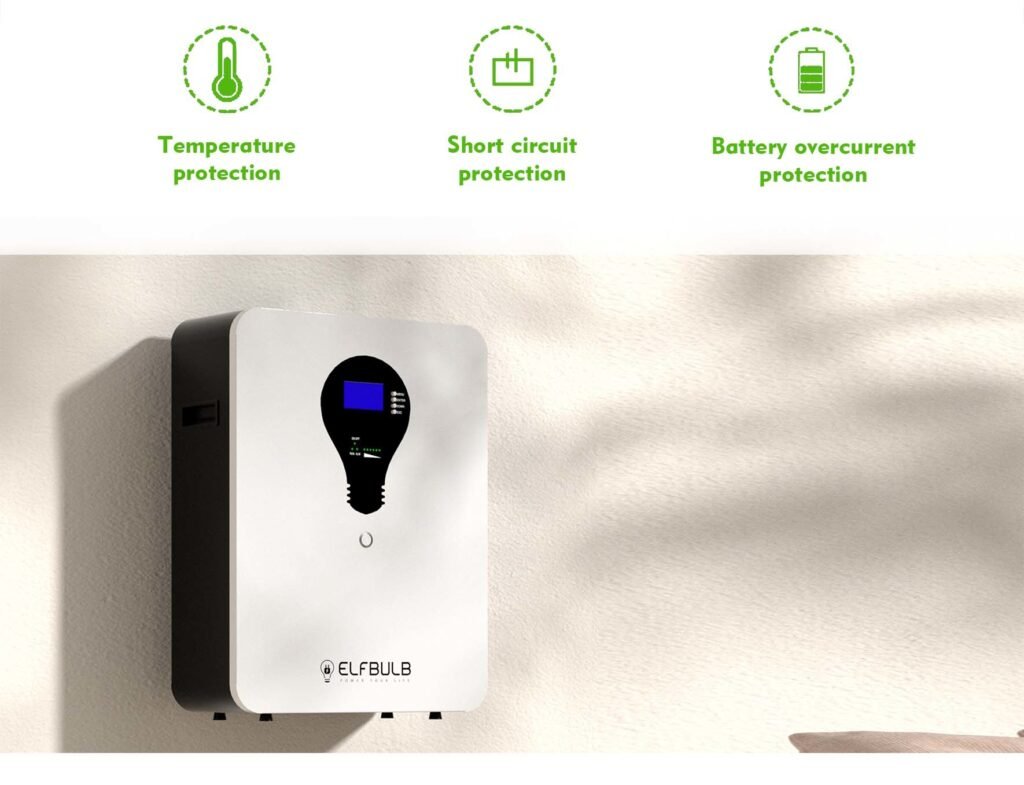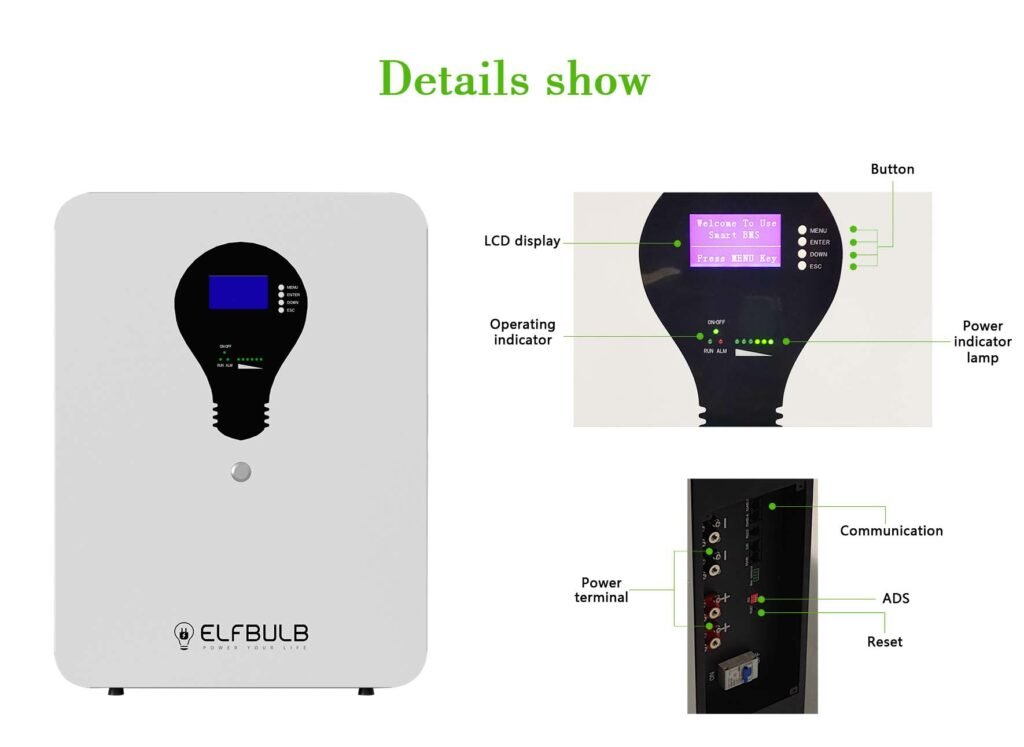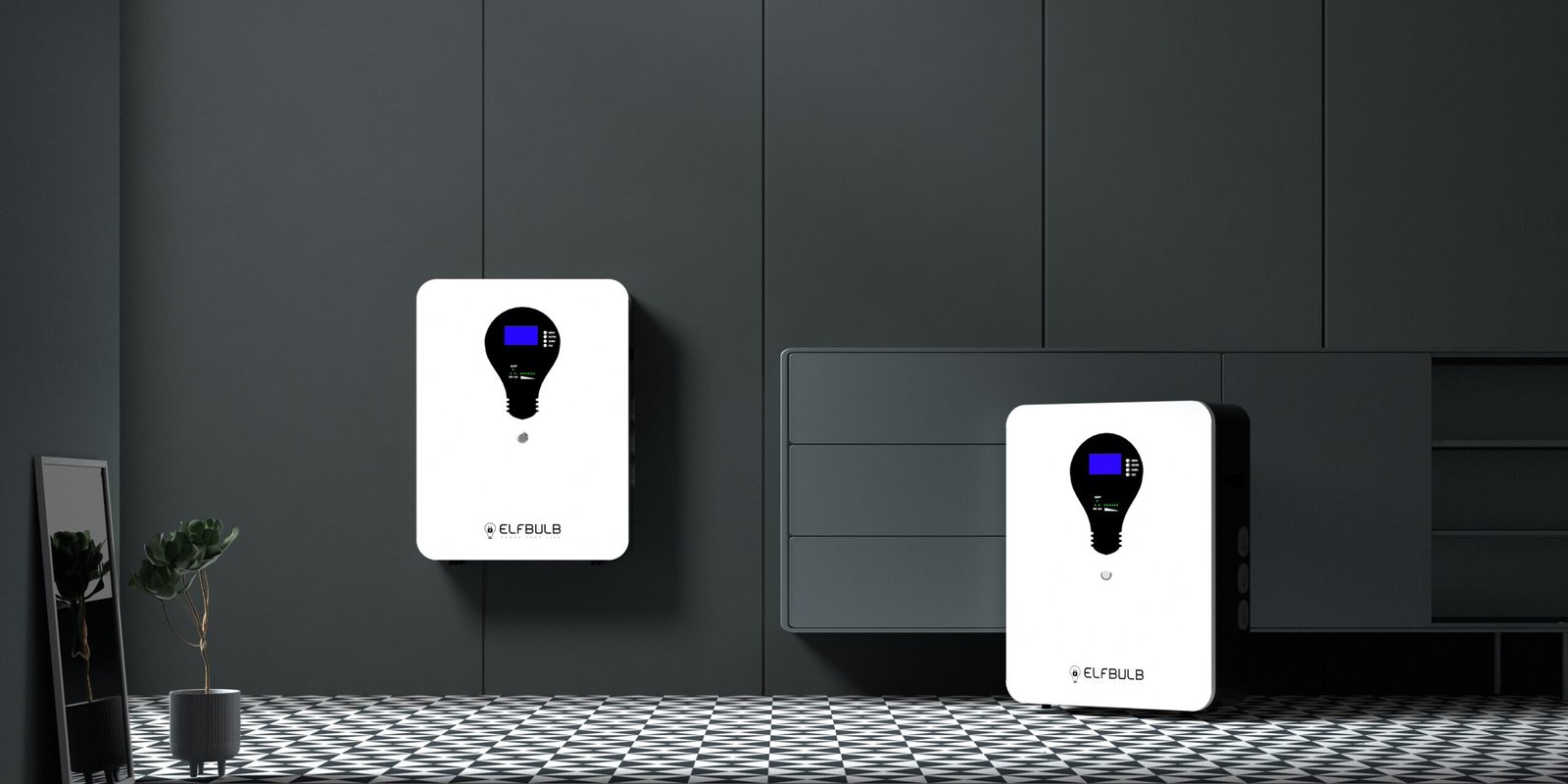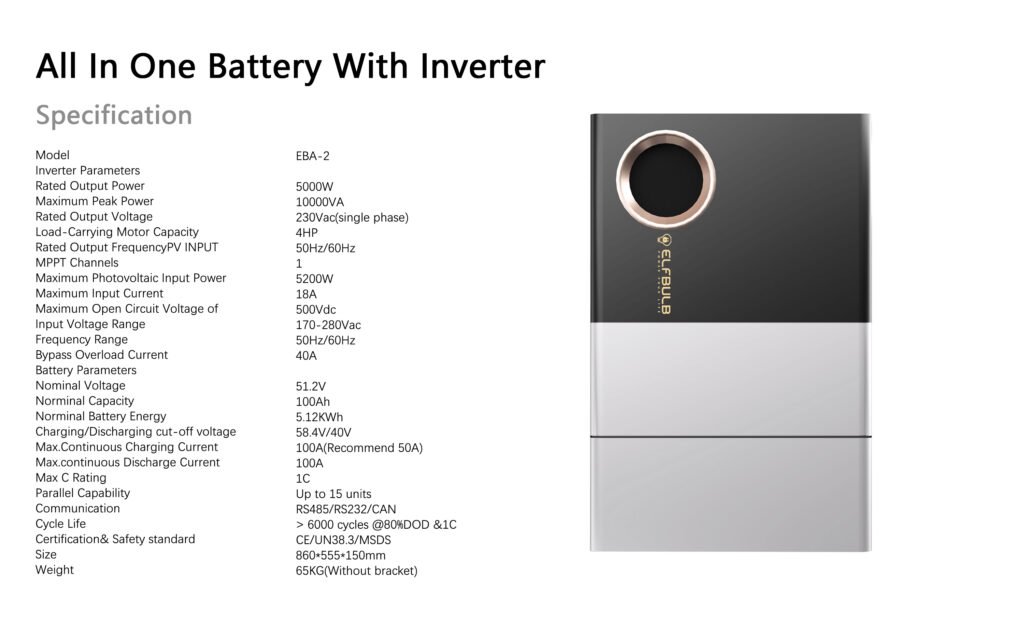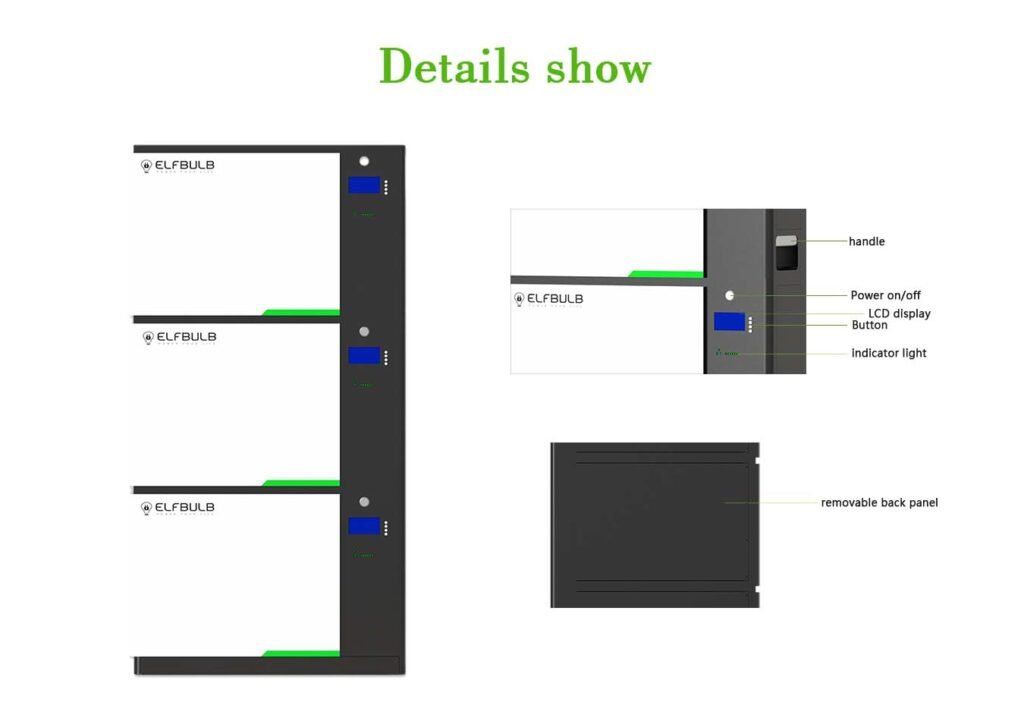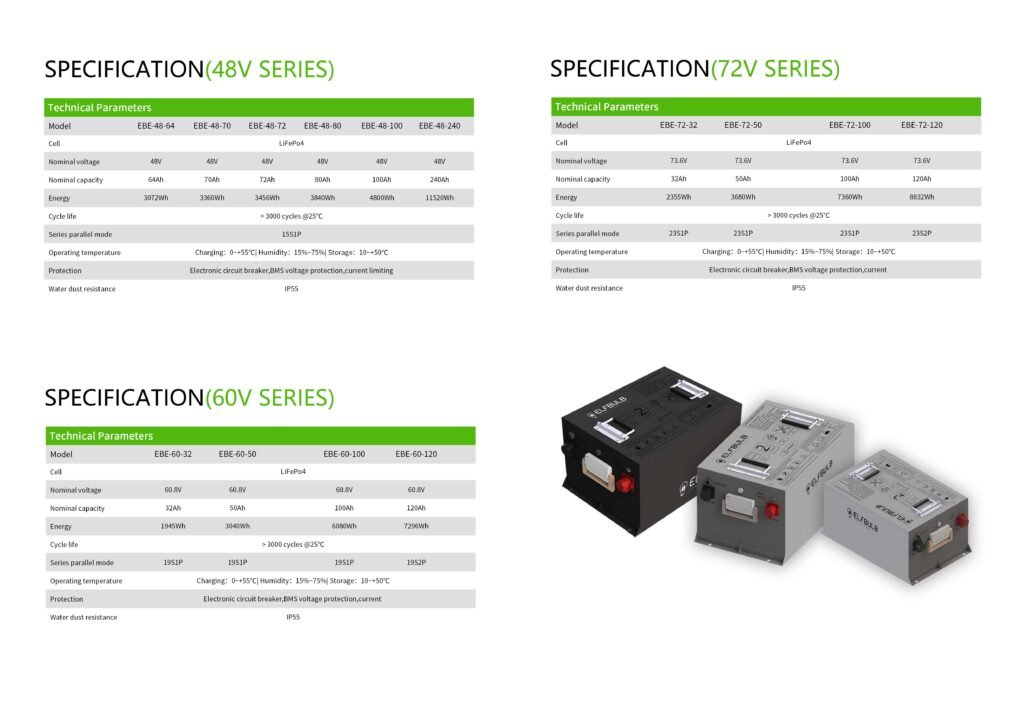Understanding Solar Batteries
Solar batteries play a crucial role in maximizing the benefits of solar energy. They store excess electricity generated by solar panels during sunny hours, allowing you to use it when the sun isn’t shining. Efficiency matters because it directly impacts how much energy you can harness and utilize.
The Quest for Efficiency
When evaluating solar batteries, consider the following factors:
- Roundtrip Efficiency: This metric reflects how efficiently a battery stores and releases energy. The higher the roundtrip efficiency, the better. Look for batteries with minimal energy losses during charging and discharging cycles.
- Depth of Discharge (DoD): DoD refers to the percentage of a battery’s capacity that you can safely use without damaging it. Efficient batteries allow deeper discharges without compromising longevity.
Top Efficient Solar Batteries
Here are some of the most efficient solar batteries available in 2023:
- Tesla Powerwall 2: Known for its usable capacity, the Tesla Powerwall 2 boasts 13.5 kWh of storage. It’s a reliable choice for homeowners seeking efficient energy storage.
- Alpha Smile5 ESS 10.1: This battery offers excellent value for money. With 9.1 kWh capacity, it balances efficiency and affordability.
- Moixa Smart Battery: Moixa Smart Battery stands out for its warranty. It provides peace of mind with a 10-year warranty, ensuring long-term efficiency.
- Enphase Encharge 10T: Enphase Encharge excels in additional features. It’s a smart choice for those who value advanced functionalities.
- Huawei Luna 2000-10: If space is limited, the Huawei Luna 2000-10 is a compact yet efficient option.
- Puredrive PureStorage: Designed to withstand extreme temperatures, the Puredrive PureStorage ensures efficiency even in challenging climates.
- Powervault P4: Scalability is its strength. Start small and expand as needed with this efficient battery.
The LG RESU Prime: A Remarkable Contender
While not explicitly mentioned in the list above, the LG RESU Prime deserves special attention. With an impressive 97.5% roundtrip efficiency, it stands out as one of the most efficient solar batteries on the market.
Conclusion
Efficiency matters when choosing a solar battery. Consider your specific needs, warranty, and additional features. Whether you prioritize capacity, warranty, or advanced technology, there’s an efficient solar battery waiting to power your home sustainably.



